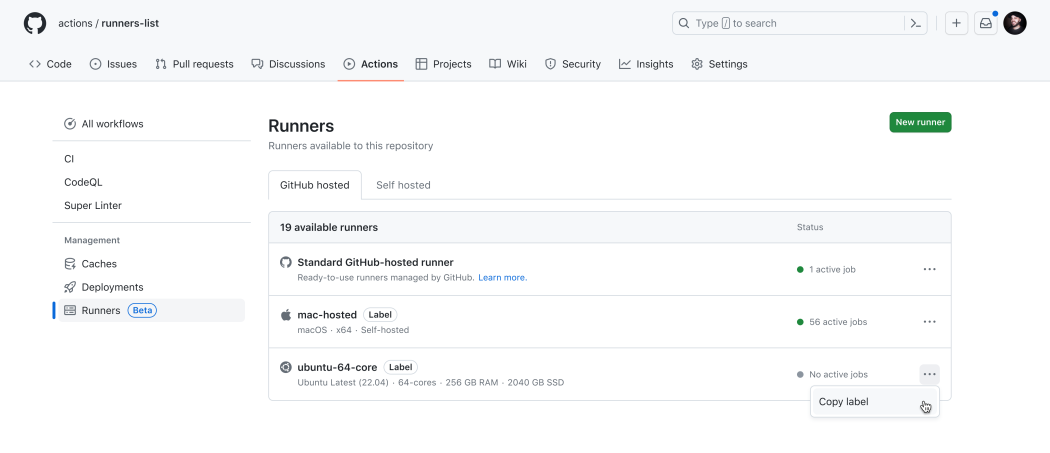GitHub Actions will be making the following deprecations and breaking changes in our runners and services over the next 6 months.
Exclude hidden files by default in Upload Artifact GitHub Actions
From September 2nd, 2024, we will no longer include hidden files and folders as part of the default upload of the v3 and v4 upload-artifact actions. This reduces the risk that credentials are accidentally uploaded into artifacts. Customers who need to continue to upload these files can use a new option, ‘include-hidden-files’, to continue to do so.
Ubuntu 20 & Ubuntu 22 arm64 Images
On September 3rd, 2024, we are deprecating the Ubuntu 22/20 base images for our arm64 hosted runners as these are not widely used and customers are better served using the new Arm owned images. At that time all workflows using the Ubuntu 22 or 20 base image on arm64 will begin to fail. To change the image your runner is using, you can delete the runner and recreate a runner with the same name, to prevent failures. We recommend using the partner images provided by Arm:
- Ubuntu 24.04 by Arm Limited
- Ubuntu 22.04 by Arm Limited
.NET6 deprecation in the runner
In October, 2024, at the same time as we move to Node20 on the Actions runner, we will be deprecating .NET6 in the Actions runner and moving to .NET8. This is because .NET6 will reach end of life in November 2024. Any customers who are still using operating systems which are reliant on unsupported binaries will need to upgrade prior to this change. The removal of support for .NET6 means the following operating systems will no longer be supported from this time:
– Debian 10
– macOS 11.0
– macOS 10.15
Along with those already marked as unsupported in our changelog for the removal of Node16.
macOS12 runner image
We are beginning the deprecation process for the macOS 12 runner image, which allows us to balance our fleet capacity ahead of our upcoming macOS 15 launch. This image will be fully retired by the December 3rd, 2024. We recommend updating workflows to use `macos-14`, `macos-13`, or `macos-latest`.
Unsupported macOS labels
On December 3rd, 2024, we are deprecating some of our older and less used labels which are used for smaller numbers of workflows. The following runner labels will stop working from that time:
- macos-11.0
- macos-12-xl
- macos-13-xl
- macos-13-xl-arm64
- macos-latest-xl
- Macos-latest-xl-arm64





